Pergolas have a rich and fascinating history that dates back thousands of years, with their origins rooted in ancient civilizations. These architectural structures, characterized by an open framework of vertical posts and horizontal beams, were originally designed to provide shade and support for climbing plants, blending functionality with aesthetic appeal.
The earliest known pergolas can be traced to ancient Egypt, where they were used to create shaded walkways and garden spaces. Wealthy Egyptians constructed pergolas to grow grapevines, providing a cool and inviting retreat from the scorching desert sun. These structures symbolized prosperity and luxury, often forming an integral part of grand estates and temples.
In ancient Rome, pergolas evolved into more sophisticated structures, reflecting the Romans’ love for gardens and outdoor living. Roman pergolas were often adorned with elaborate decorations and served as extensions of villas, providing a space for leisure and social gatherings. The use of marble, stone, and intricate carvings showcased the architectural ingenuity of the time.
During the Renaissance period in Europe, pergolas experienced a revival as part of the formal gardens of aristocratic estates. Italian Renaissance gardens, in particular, featured pergolas as focal points, often draped in wisteria or roses. These structures not only enhanced the beauty of the gardens but also created intimate spaces for reflection and relaxation.
The 19th and 20th centuries saw pergolas become popular in residential settings, particularly in Western countries. They were embraced for their versatility and ability to transform outdoor spaces into functional yet charming areas. Modern pergolas often incorporate materials like metal and vinyl, reflecting contemporary design trends while maintaining their traditional essence.
Today, pergolas remain a beloved feature in gardens, patios, and public spaces worldwide. They continue to provide shade, support for climbing plants, and a sense of architectural elegance. Whether in historical estates or modern homes, pergolas symbolize the enduring human desire to harmonize nature and design, creating spaces of beauty and serenity.
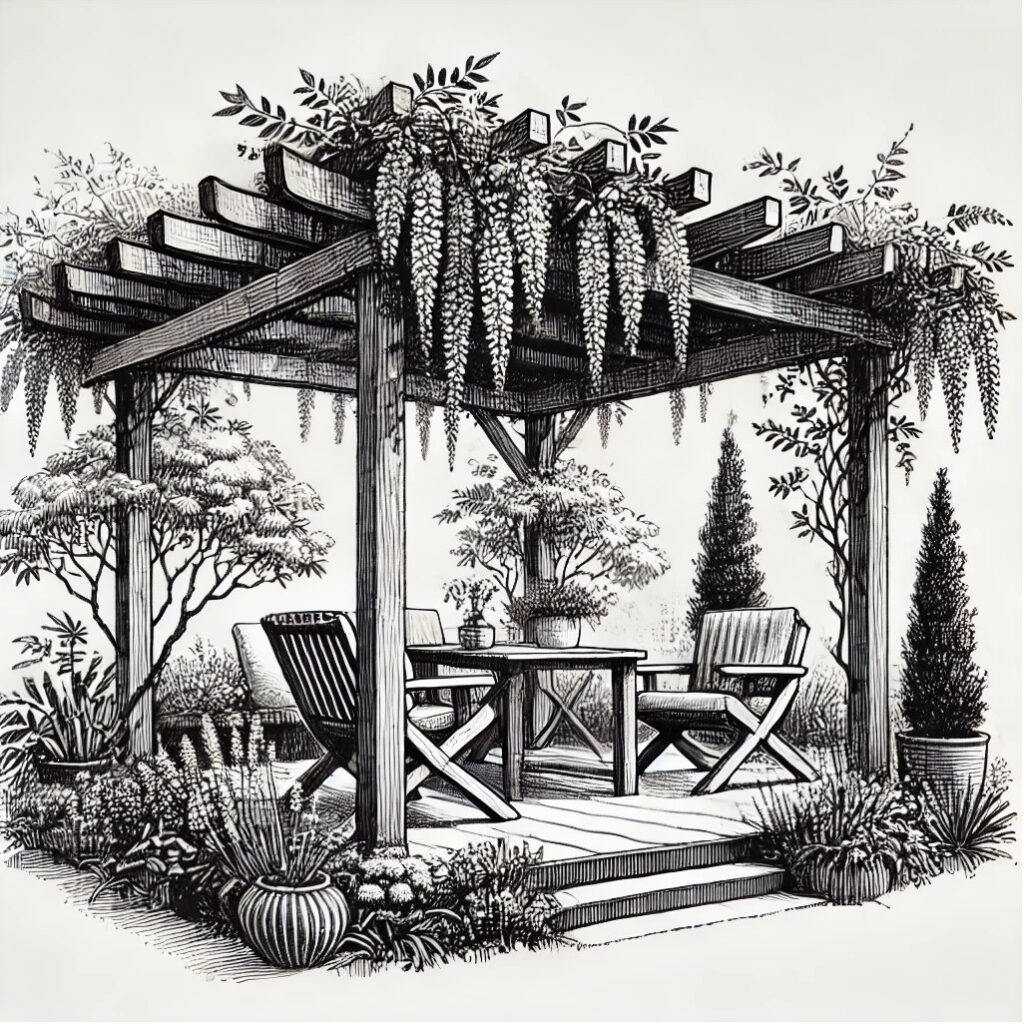
Freestanding Pergolas
Freestanding pergolas are versatile and can be placed anywhere in your outdoor space, from gardens to patios. These standalone structures provide a focal point and create a cozy, shaded retreat. With no attachments required, they are perfect for defining a distinct seating or dining area.
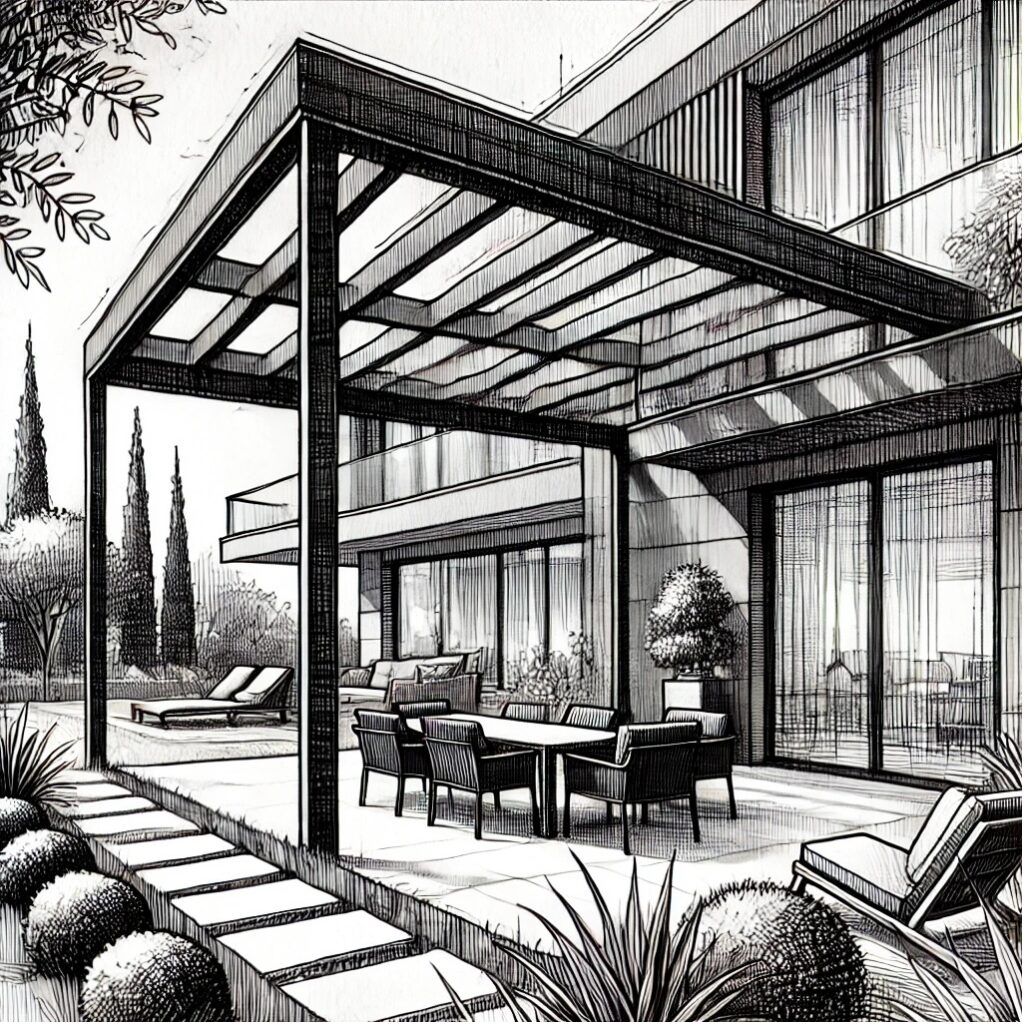
Attached Pergolas
Attached pergolas connect directly to your home or building, often extending over patios or decks. They provide a seamless indoor-outdoor transition while enhancing the architectural appeal of your property. This design is ideal for creating a shaded lounge area right outside your door.
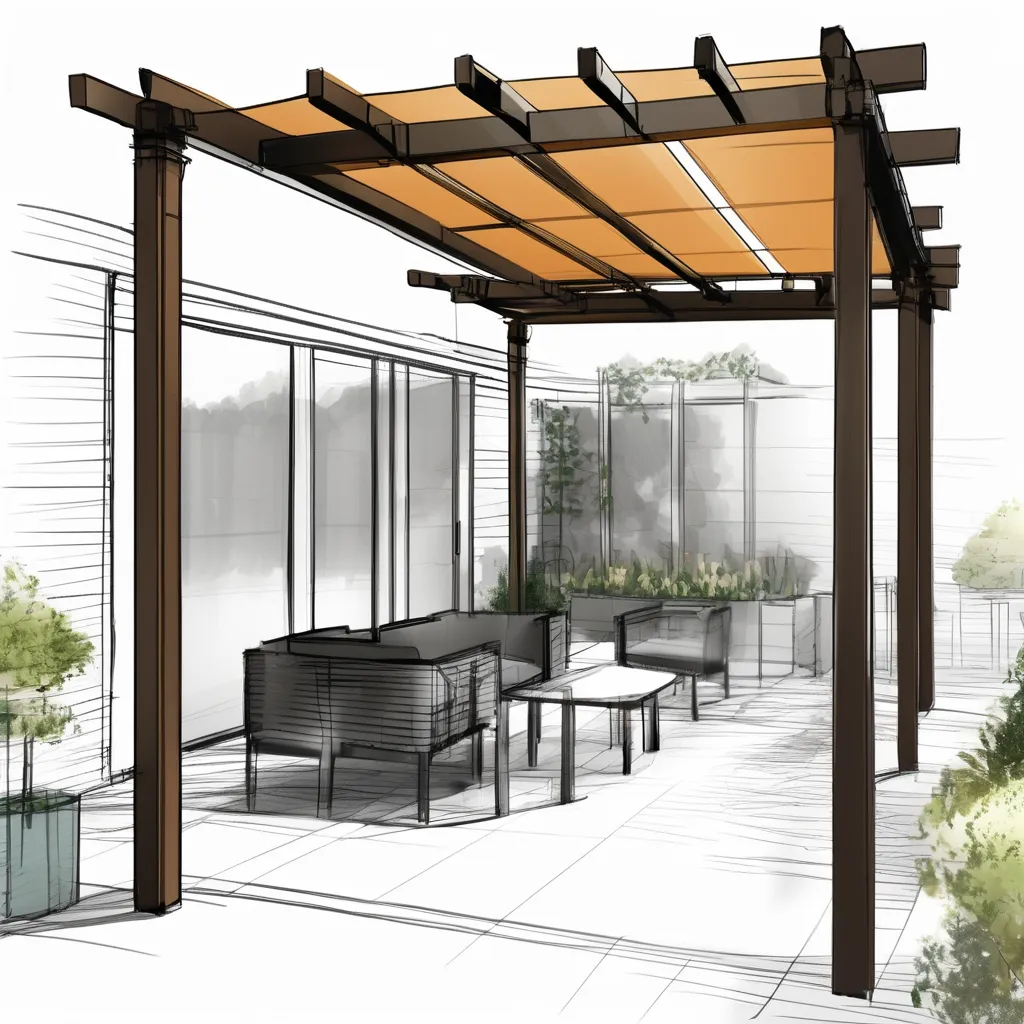
Retractable Pergolas
Retractable pergolas feature adjustable canopies, giving you the freedom to control sunlight and shade. These pergolas adapt to changing weather, making them a practical choice for flexible outdoor comfort. Whether you want to enjoy open skies or retreat into shade, retractable options offer unmatched convenience.
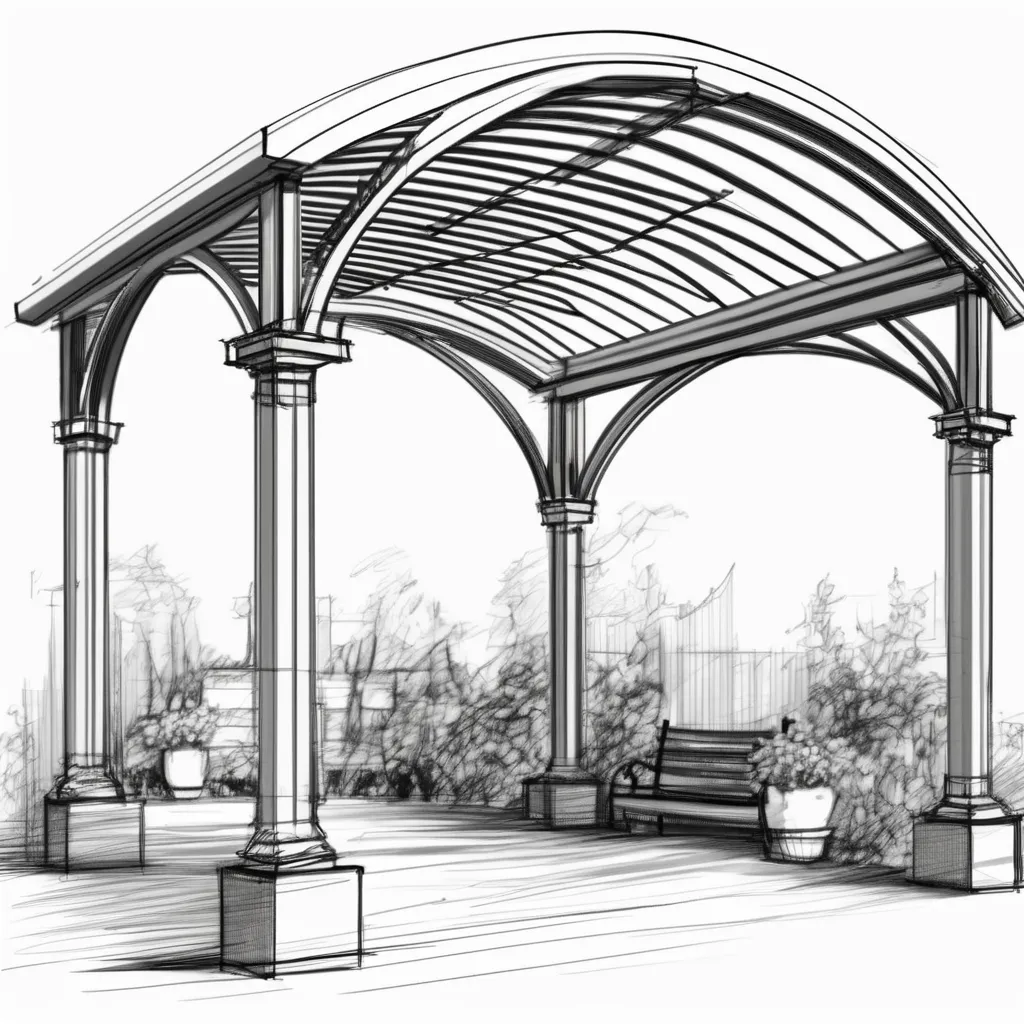
Arched Pergolas
Arched pergolas are distinguished by their curved beams, which add elegance and a dramatic visual touch. They are often used as garden entryways or to accentuate pathways, blending functionality with artistry. The arching design also provides excellent support for climbing plants, enhancing their ornamental appeal.
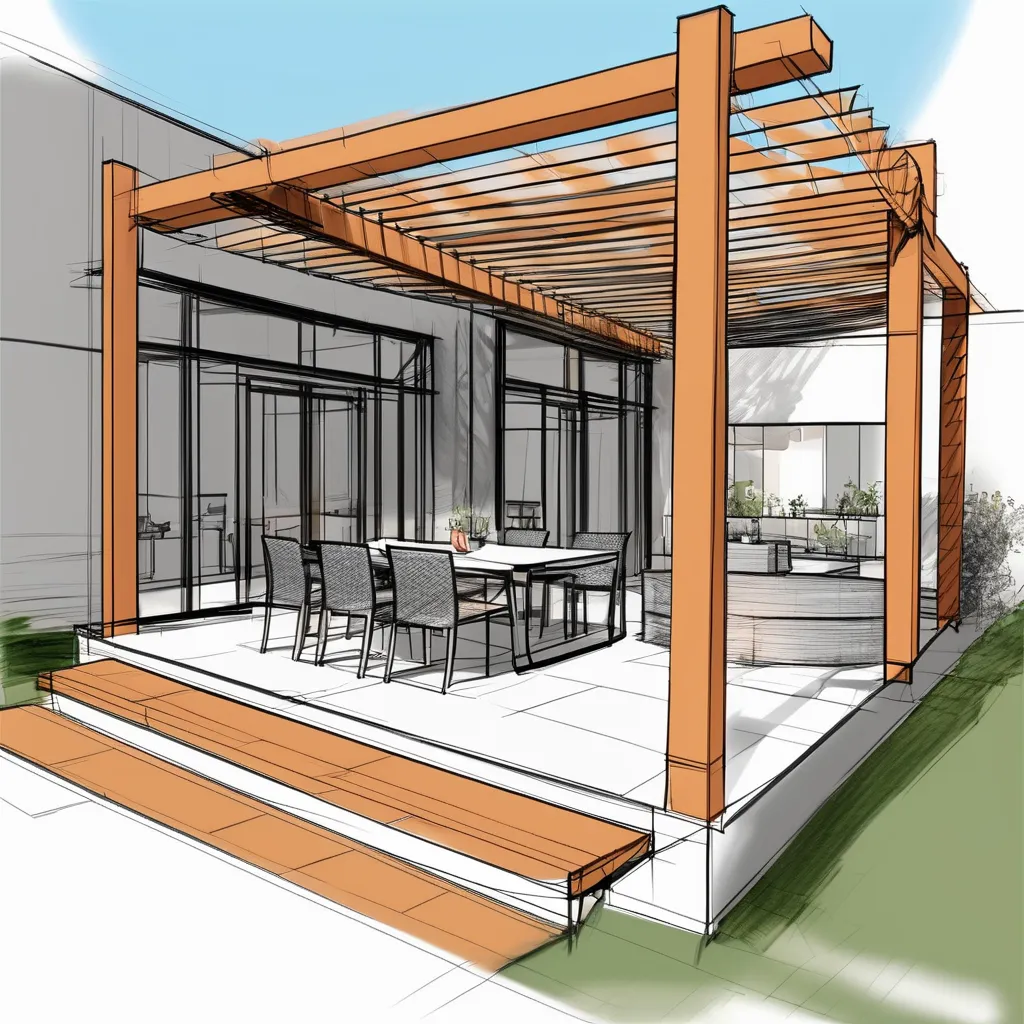
Modern Pergolas
Modern pergolas emphasize sleek, minimalist designs crafted from materials like metal, vinyl, or composite. They pair well with contemporary homes, offering a stylish and functional outdoor feature. Some modern pergolas include innovative additions like built-in lighting or motorized canopies for added luxury.
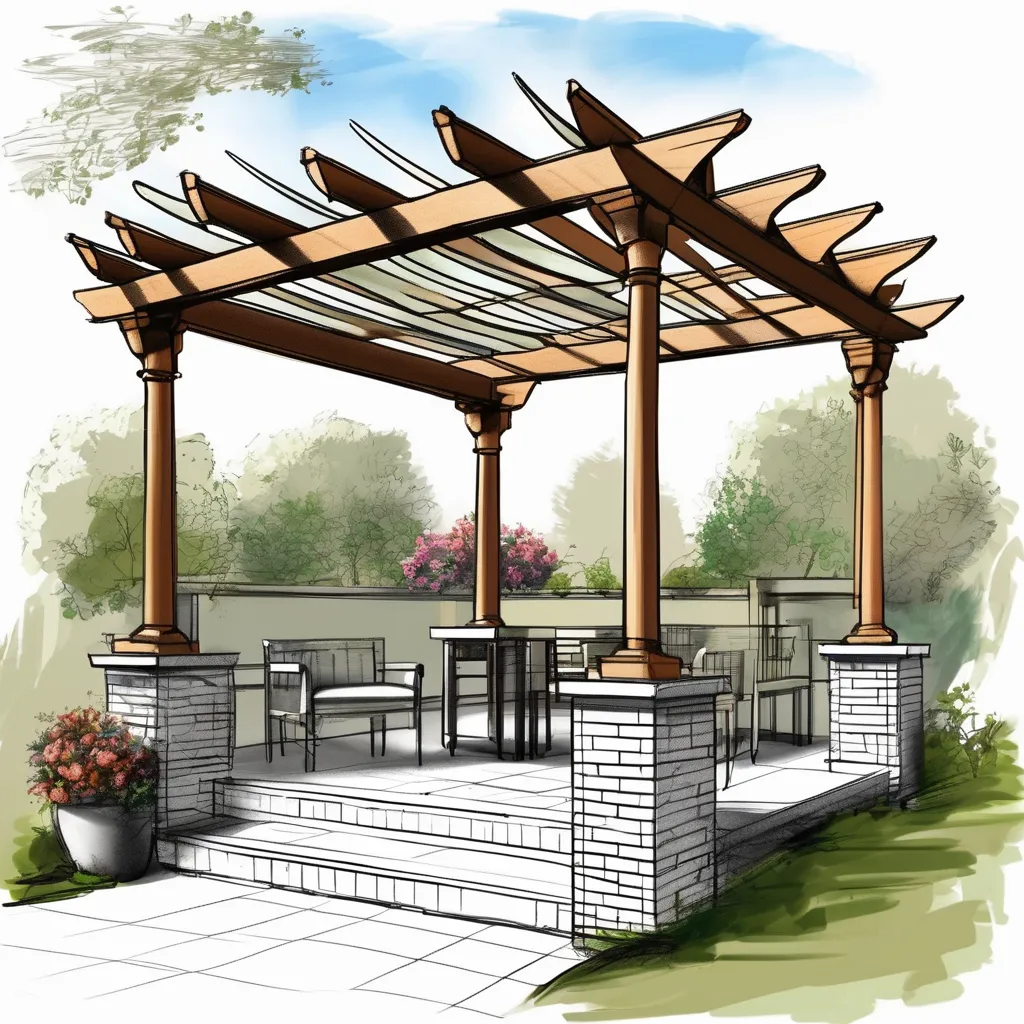
Traditional Pergolas
Traditional pergolas are typically made of wood and have a classic design that complements natural surroundings. These pergolas are perfect for rustic or cottage-style gardens and are often adorned with vines like roses or wisteria. Their timeless charm makes them a favorite for creating inviting outdoor spaces.




